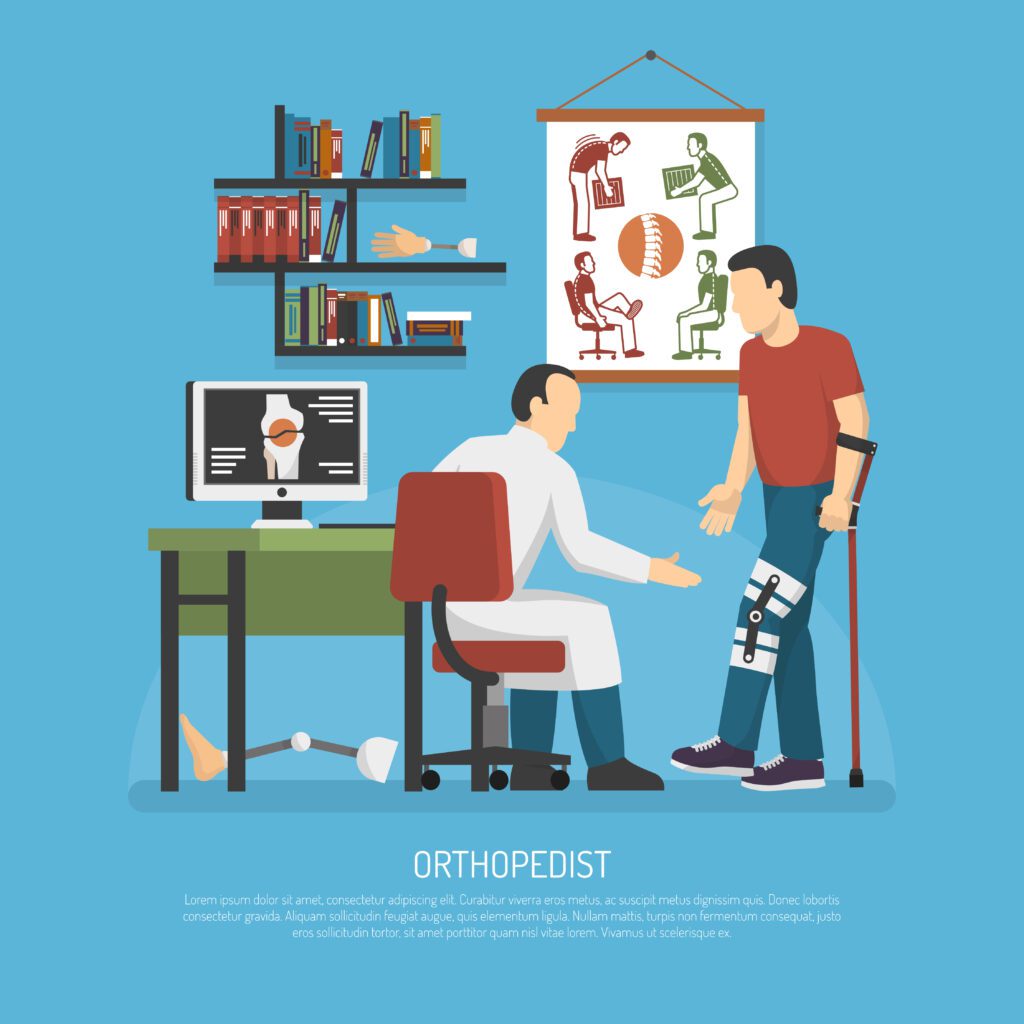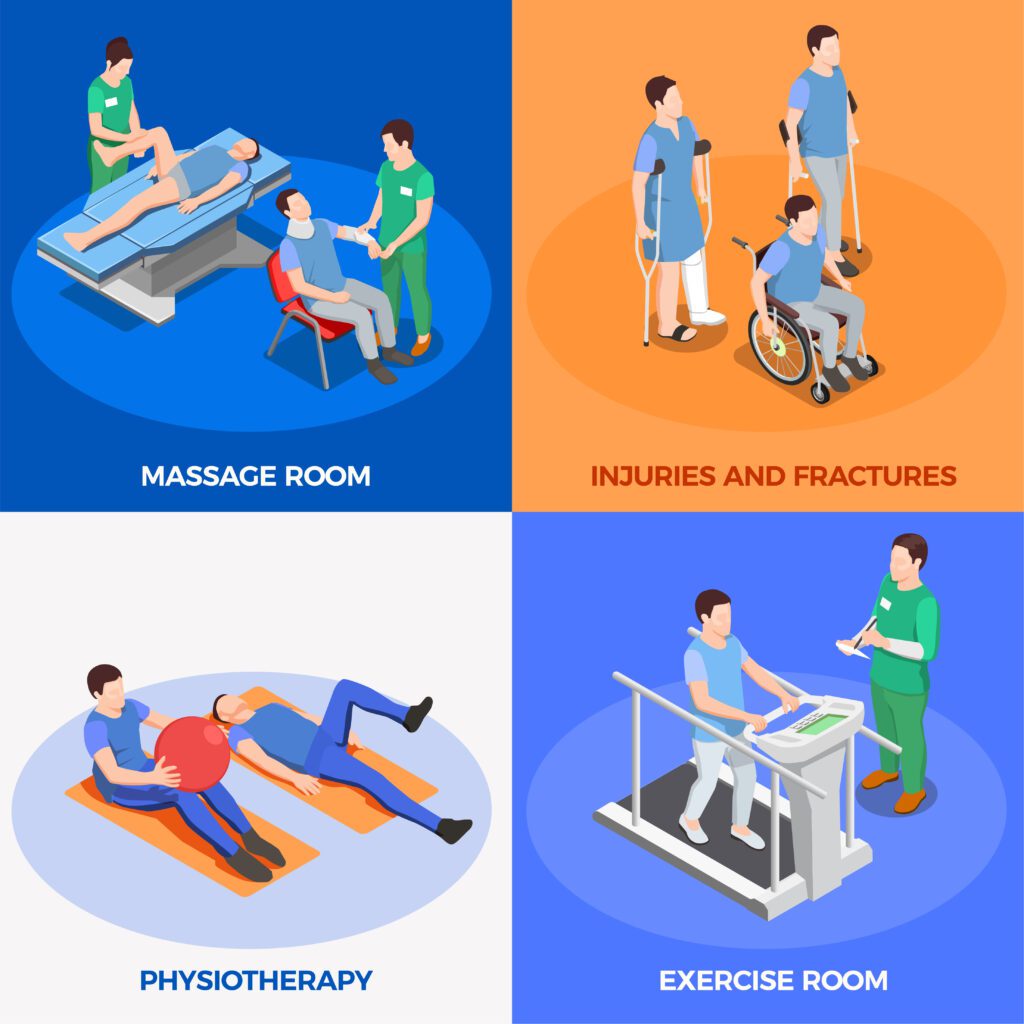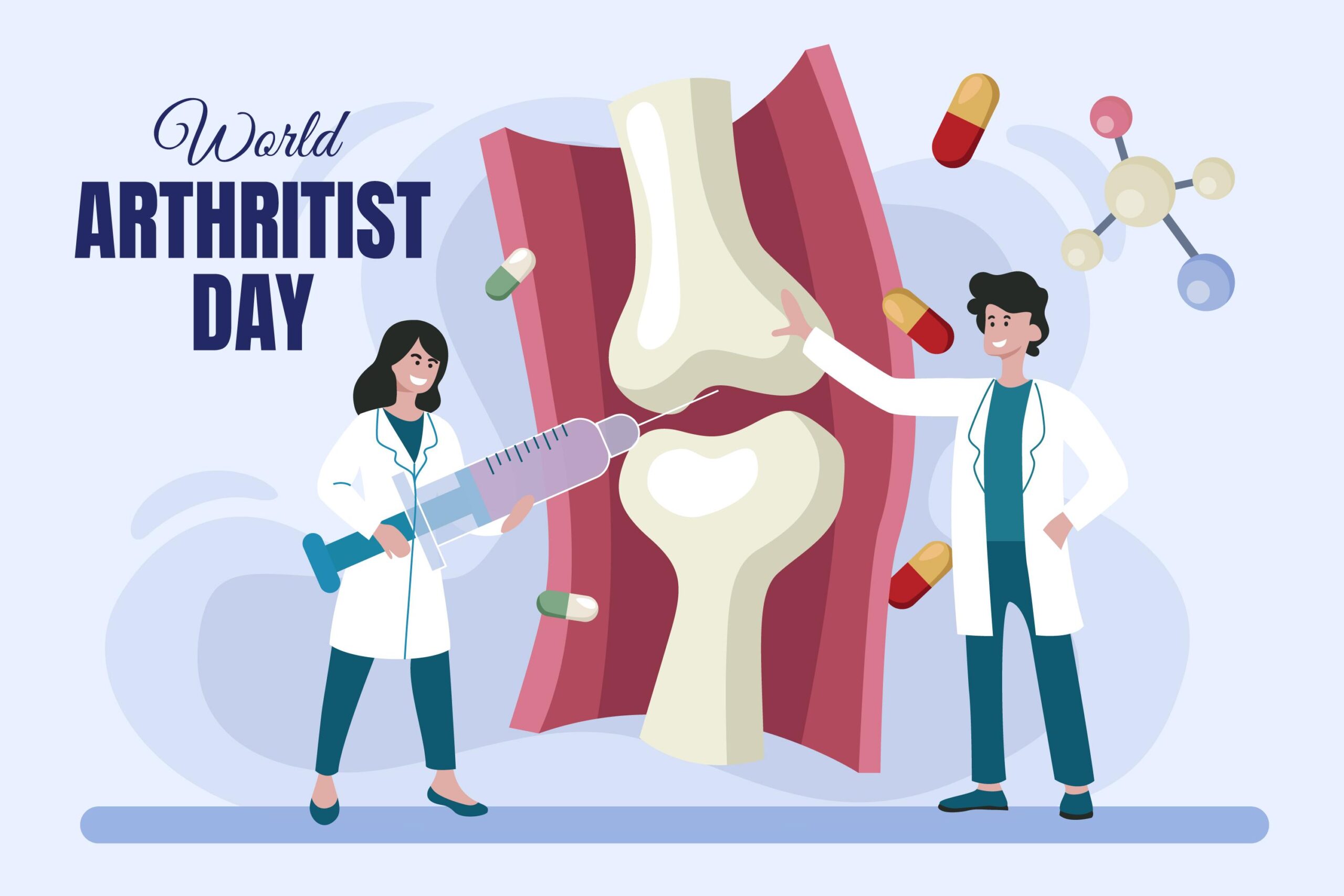A very common and successful surgery for people suffering from knee osteoarthritis or other knee joint problems is called a Knee replacement surgery, also known as a knee arthroplasty.
Most of the people recover successfully from knee replacement surgery. But, if you do not take proper care of your operated knee after a knee replacement surgery, it can result in serious consequences.
As you recover from knee replacement surgery, consider this: ‘Healing is a journey, not a destination’. Clutch daily with diligence and optimism, and soon you’ll find strength in every step.
The success of knee replacement surgery in the UK is highly dependent on avoiding common mistakes during the operation, as they directly affect the outcome. Being aware of these common mistakes is key to achieving positive results after surgery. And it is crucial to stay clear of them.


This article will provide you with the top 5 mistakes after a Knee Replacement based on our extensive clinical experience.
Mistake#1
Avoiding Limitation Pitfalls
After knee replacement surgery you will likely feel significant pain and mobility restrictions for about 3-6 months.


Your daily life activities like driving, stair climbing, putting a load on your legs, and running will be frozen during this period. It is very important that you need to have a plan to fulfill your daily life responsibilities and needs during this period.
A practical approach is necessary to pass this jam. Simple practicalities like:
- Will you require extra assistance if you reside alone?
- Do you need any tools or equipment to aid in washing, such as a shower stool?
- What are your plans for meal preparation and cooking?
- Is there a staircase in your home, and is it possible to relocate your bed downstairs?
- How do you intend to commute to your follow-up appointments and physical therapy sessions?
A prehab and practical approach will make these problems a piece of cake.
Mistake#2
Not Overlooking Red Flags in Recovery.
We all hope to have a trouble-free time during this period of pain. During the healing process after knee replacement, certain warning signals are sent. Observing these signals is crucial. It’s simply a time watch that will indicate to you when you have to see your doctor. Noticing these signals can help boost the process of healing.
3 Important Red Flags After a Knee Replacement


Red Flag#1
Pain: Navigating Between Expected and Excessive
After knee replacement surgery, some degree of pain is normal. However, if you experience intense or increasing pain, it’s not typical.
Differentiating between manageable, expected pain and pain that makes you question your choices is crucial.
Watch out for these pain red flags:
- Watch out for sudden pain after enjoying a pain-free period; it might indicate damage to the new joint or the surrounding bone.
- Expect some pain after knee replacement, but if it keeps getting worse in the days after the procedure, don’t hesitate to call for advice.
- Pay attention if you experience pain along with your knee giving way, as it may signal misalignment in the new joint, potentially causing quick prosthetic wear.
- If you’re dealing with pain months or years post-surgery, consult a knee surgeon and consider X-rays to rule out joint infection or prosthetic failure.
- Stay vigilant for a painful, swollen, and red-hot knee after surgery; while initial soreness is normal, persistent symptoms may indicate a serious joint infection that requires prompt attention.”
Red flag2#
Swelling
Distinguishing Between Normal and Concerning Swelling
Swelling is just a normal process and is not unusual after operations like knee replacement. Because just your knee has gone through a massive change.
Recognizing swelling when it is normal and when it is a red flag is crucial.
- 1st week after operate: Severe swelling is observed in the first week. It is due to reactions during operation. it’s normal though.
- 2-3 weeks after operate: There should be a gradual stop or somewhat decrease in swelling. If it is not, this is a red flag.
- Month after operate: There should be a clear and visible decrease in swelling. There should be no more than mild swelling. If not so, see your doctor ASAP.
- 6 months after operate: Swelling should be completely normal after 6 months of operation.
Red Flag#3
Skin Changes
Recognizing Skin Infections and Inflammations
Redness and warmth around the wound are quite normal a couple of days after surgery. This warmth and redness is due to our immune responses.
But, if it prolongs, here you need to be alert. It’s a red flag my boy.
A clear indicator that your knee may be harboring unwanted visitors like Staph, MRSA, or Strep bacteria.
Though doctors take extensive measures for sterilization to prevent skin or joint infections, there’s still a risk of bacteria entering your wound. If you notice redness and heat around the knee wound, contact your knee doctor.
Mistake#3
Neglecting Exercise
Pain poses a considerable challenge to rehabilitation and can discourage movement. Yet, many individuals experience pain relief with movement, at least to a certain extent.
After surgery, the supporting muscles around the new joint must regain strength for the joint to feel optimal.


Whether doing your exercises at home or with a physical therapist. You should implement a gradual and structured mobilization. Initial few movements will hurt a lot. But this will decrease gradually as you proceed further.
In the early stages of recovery frequency and mode of movement is essential. Here the thing you should keep in mind is that over-exercise is as bad as neglecting it.
Incorporate gentle, doctor-approved exercises into your daily routine. This will provide optimized structural healing and mobilization without stiffness or pain.
Perform balance exercises with periodic rests while closely monitoring your knee’s response. This structured approach ensures a safe and injury-free journey towards full recovery.
Mistake#4
Rushing Back to Your Normal Life
Rushing back to normal life activities, especially physically enthusiastic young who are motivated to fall back to their normal life with positive energy, can be a problem. Your gradual incorporation into normal incorporation can help you to get your normal life fast.


Envision your recently operated knee attempting to resume daily activities such as driving, sports, or climbing stairs. Rushing back into these too soon increases the risk of causing permanent injury, so it’s crucial to pace yourself.
Gradually reintegrate into your routine with a methodical approach. Whether resuming activities like driving or pursuing hobbies, it’s essential to ensure your knee is fully prepared
Too much work and exercise, as in normal life, can cause swelling, pain in knee joints, and restlessness. Sweating may lead to joint stiffness.
Returning to work is crucial. A careful and balancing productivity while safeguarding your knee from pain and swelling.
Overexertion when feeling well can lead to downtime due to overdoing it. A helpful guideline is that any pain or swelling post-exercise should promptly subside within an hour or two, allowing for multiple repetitions throughout the day.
Adjustable scheduling, remote working, and modified duties could be your knights in shining armor here!
You should not continue driving too early until you get a green light from your doctor. An early jump to these activities may prolong the duration of healing.
Mistake#5
Improper Nutrition and Inadequate Hydration after Surgery
Nutrition is one of the most important factors of recovery. A proper diet and adequate hydration are crucial for the body to heal appropriately and develop new tissues.
Poor diet and nutrition rank among the top 5 mistakes after knee replacement, impacting the recovery process. Maintaining proper hydration is crucial post-surgery, flushing out anesthetic medications and regulating blood pressure to minimize complications.
Prioritize a protein-rich diet for optimal wound healing, and include antioxidants from vegetables and fruits, like berries, to mitigate post-surgical inflammation.
Steer clear of a sugar-heavy diet, as it can contribute to inflammation, potentially hindering wound healing. Additionally, limit alcohol intake to ensure the effectiveness of antibiotics and medications in the post-surgery period.
Conclusion:
In conclusion, a successful journey through knee replacement surgery requires diligence, awareness, and a mindful approach to recovery. By avoiding common mistakes, recognizing warning signs, and embracing a balanced lifestyle with proper nutrition and exercise, you pave the way for a smoother rehabilitation. Remember, patience is key, and consulting with your healthcare team ensures a tailored plan for your unique recovery. With careful consideration and proactive measures, you can stride confidently towards a pain-free and active future after knee replacement.”
References:



